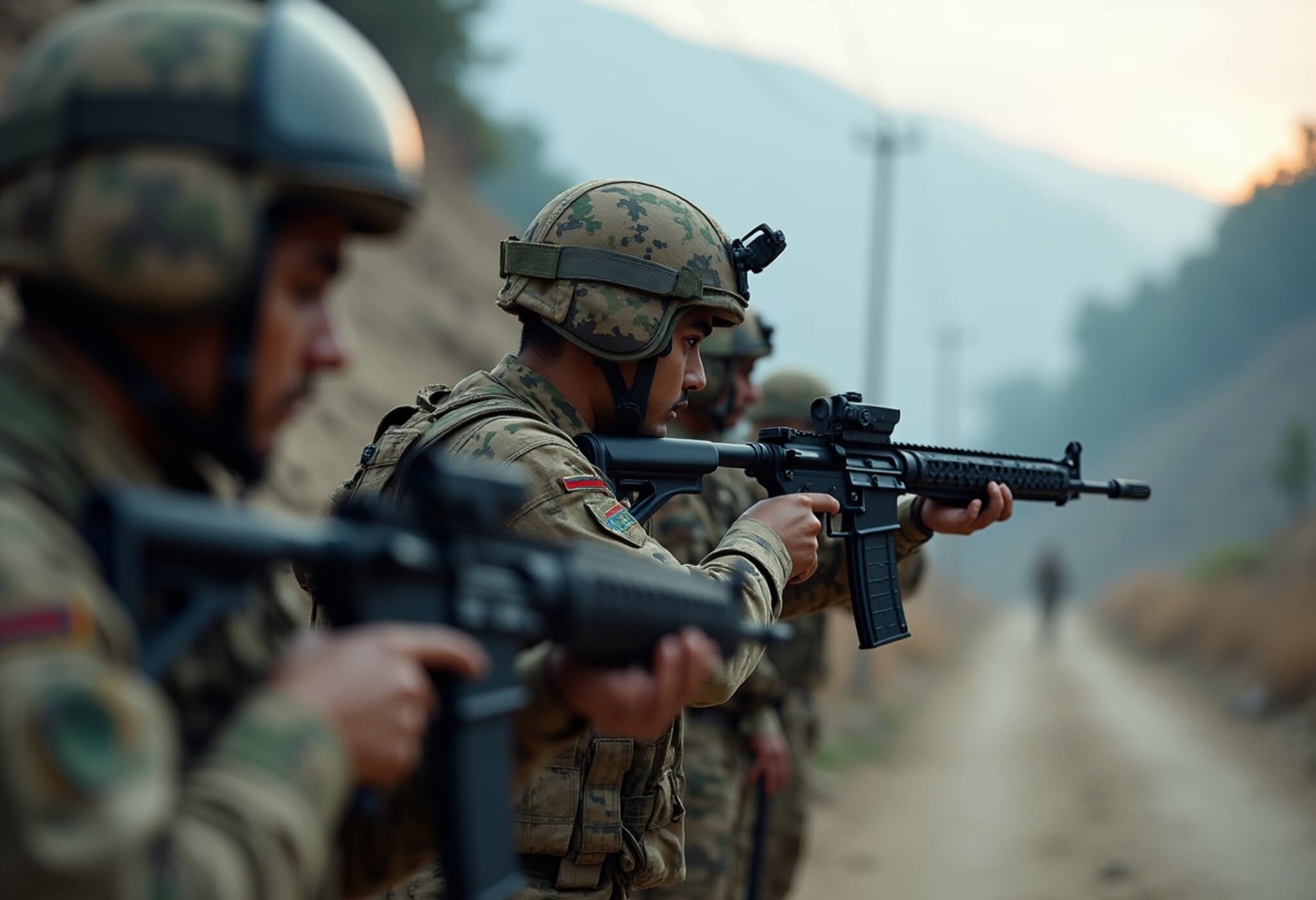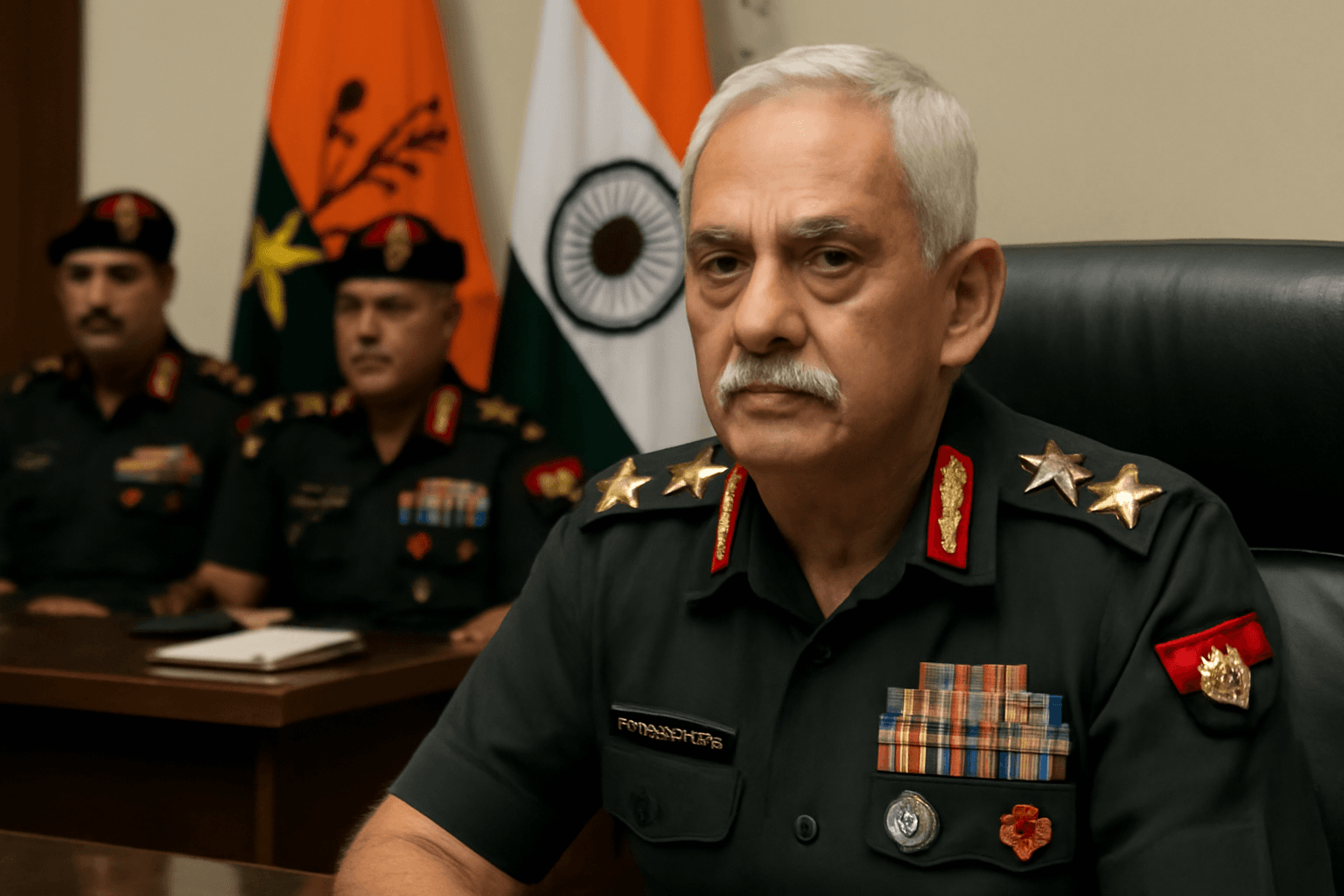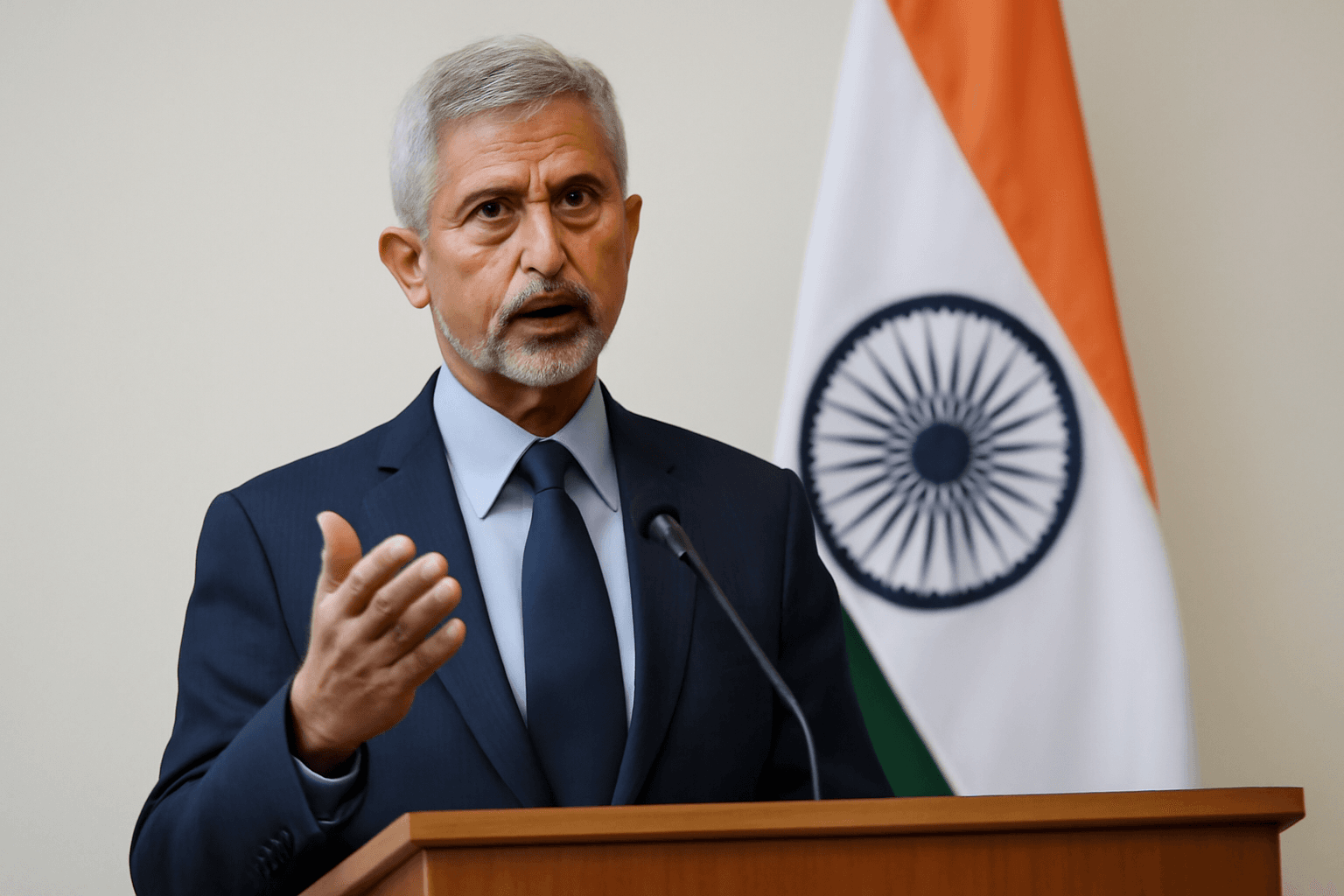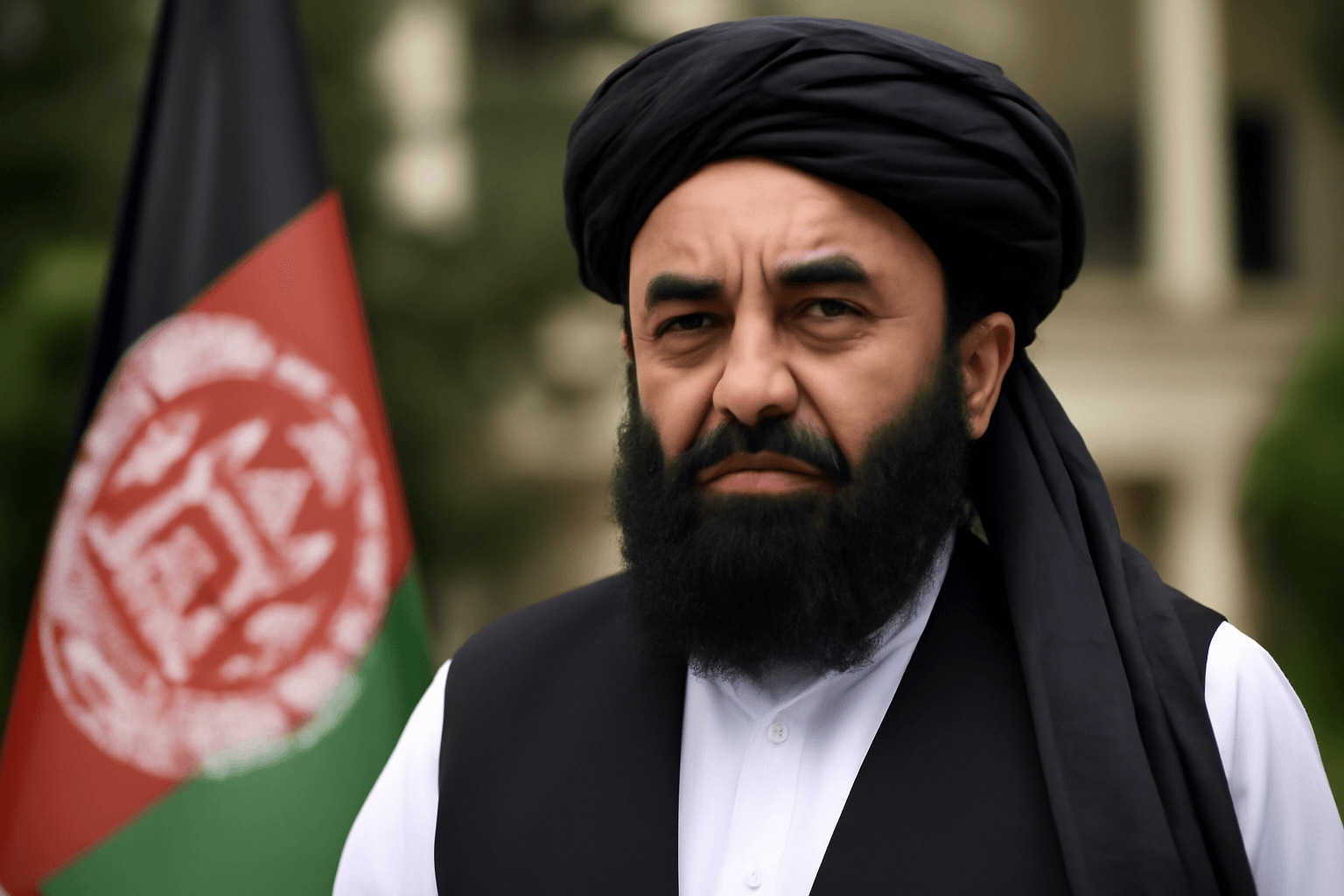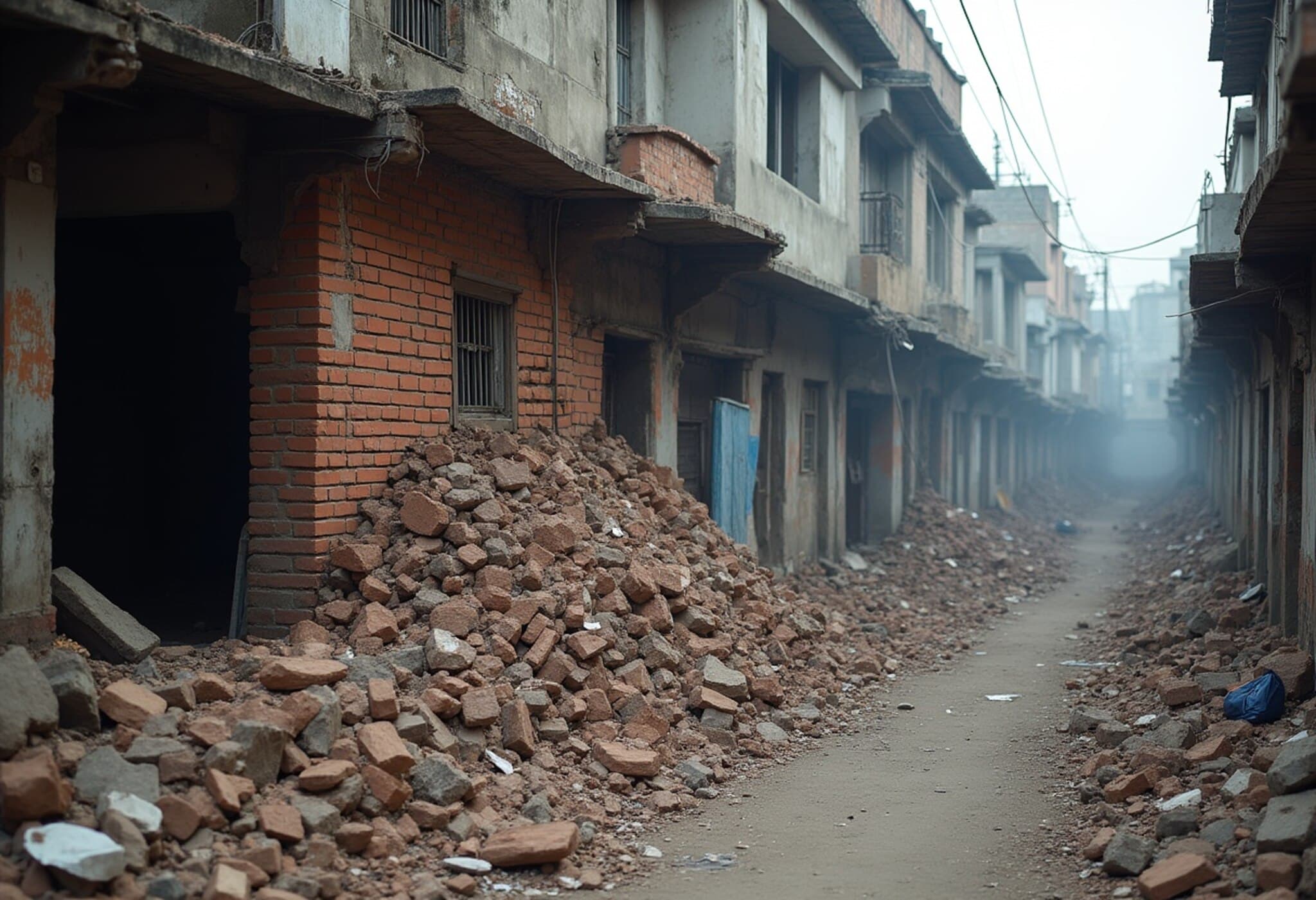Heavy Exchange of Fire in Kishtwar as Indian Army Traps Militants
Early on Sunday morning, Indian Army troops engaged in a fierce gun battle with suspected militants in the rugged terrain of Kishtwar district, Jammu and Kashmir. The operation, launched on actionable intelligence, has led to at least two to three militants reportedly trapped amid ongoing heavy firing, according to the Army’s White Knight Corps.
Details of the Encounter
The soldiers tracked the suspicious individuals in the Dul area, a region known for its challenging landscape and insurgent hideouts. On making contact, the troops faced immediate armed resistance, prompting a full-scale exchange of fire which is still underway. Security forces have since sealed off the area to prevent militant escape, using a combination of ground troops, surveillance drones, and attack helicopters.
Strategic Context: Rise in Counterterror Activity
Kishtwar has witnessed an uptick in counterinsurgency operations as armed forces intensify efforts to root out militant networks entrenched in the district’s remote mountainous zones. The current operation highlights the complex security dynamics in Jammu and Kashmir, where militant pockets continue to challenge stability despite sustained military pressure.
This engagement is part of a larger pattern of security operations across the region, notably Operation Akhal launched earlier in August in South Kashmir’s Kulgam district. That operation, targeting terrorist movement in dense forests, resulted in the deaths of two militants but came at the cost of two Indian Army soldiers and injured several others—highlighting the high stakes for security personnel operating in hostile environments.
Security Forces’ Tactical Edge
The ongoing mission to corner militants in Kishtwar utilizes elite PARA units, supported by aerial reconnaissance and firepower, to navigate the difficult terrain. The blend of intelligence-led action and advanced military technology underscores the evolving counterterrorism tactics employed to regain control in volatile areas.
Expert Insight: Balancing Security and Stability
Security analyst Dr. Sanjay Mehta weighs in: "Operations like these, while critical for dismantling violent networks, also underscore the continued insurgency challenge in Jammu and Kashmir. The focus on intelligence-driven raids reflects a shift toward precision to minimize collateral impacts, but persistent militant resistance points to underlying socio-political complexities that security efforts alone cannot resolve."
Moreover, the humanitarian impact—disruptions for locals, risks of civilian harm—poses a challenge for ongoing peacebuilding in the region.
What Lies Ahead?
The situation remains fluid, with the Indian Army committed to completing the operation and neutralizing the entrenched militancy network. However, it raises broader questions:
- How can security operations be effectively integrated with political dialogue and development to foster lasting peace?
- What measures are needed to safeguard civilians and reduce the human cost of conflict in Kashmir’s sensitive zones?
- How will neighboring geopolitical factors, including cross-border insurgency support, influence the region’s security outlook?
About Kishtwar’s Strategic Importance
Located in a strategically significant part of Jammu and Kashmir, Kishtwar serves as a crucial gateway connecting the Chenab valley to other parts of the union territory. Its rugged geography provides militants with natural hideouts, making security operations tactically challenging but essential to restore safe access and stability.
Editor’s Note
Sunday’s intense encounter in Kishtwar not only marks another chapter in Jammu and Kashmir’s protracted security challenges but also highlights the persistent need for a multifaceted approach to peace. While counterterrorism remains vital, addressing root causes—such as economic deprivation and political grievances—will be key to lasting resolution. For policymakers and citizens alike, balancing military strategy with humanitarian sensitivity will define the future trajectory of this delicate region.

